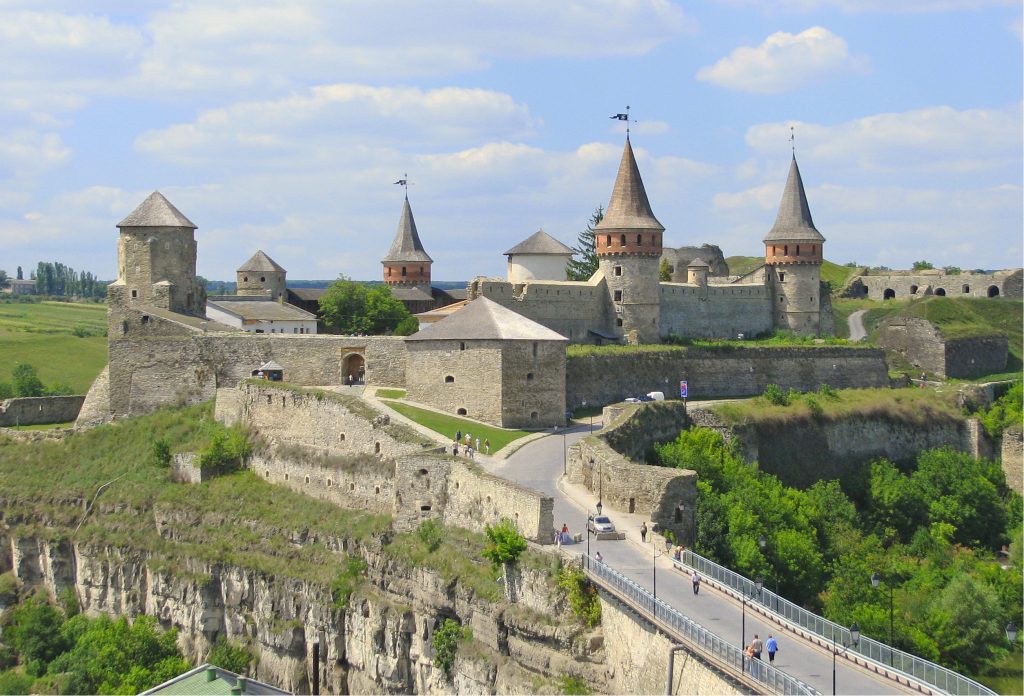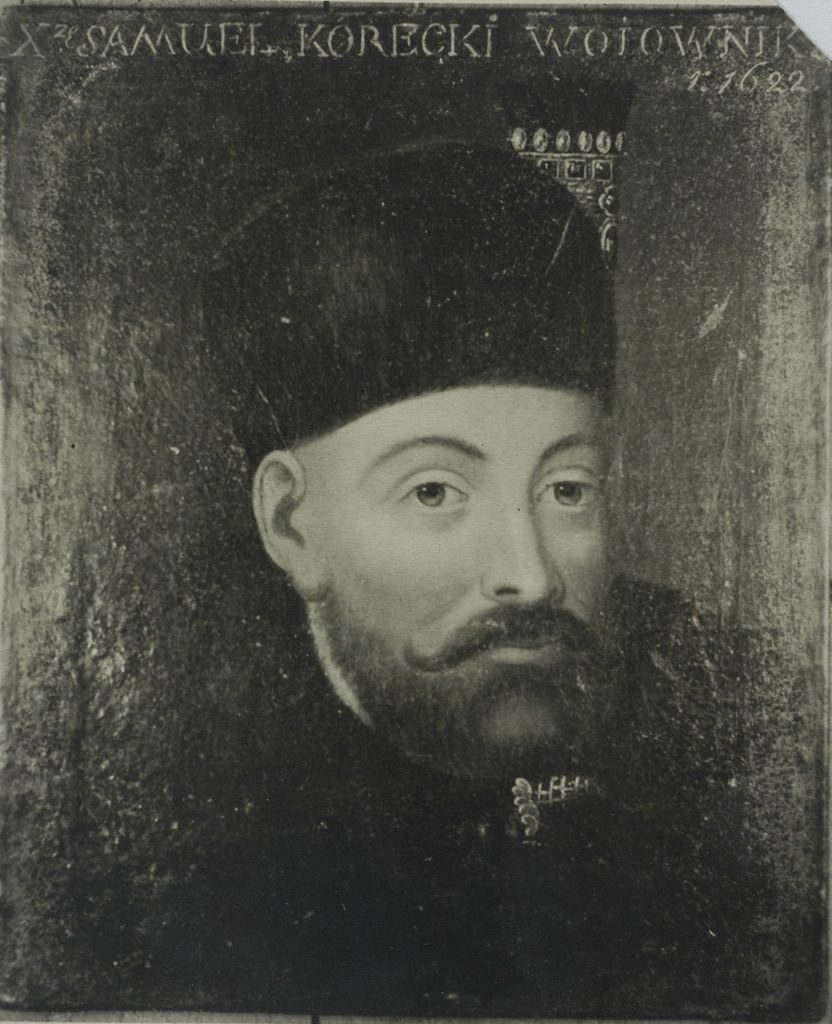Let us tell you a story which testifies to the old bonds between the Netherlands and the lands of Ukraine. A few weeks ago, we already wrote about the seventeenth-century Volhynian nobleman Samuel Korecki, who journeyed to the Netherlands and studied in Leiden. This time, we follow a Dutch student who travelled in the opposite direction.
In the 1590s, a young man named Joris van der Does/Georgius Dousa (1574-1599) rode from Leiden across Europe to Constantinople, where he hoped to study ancient Greek manuscripts and inscriptions. In 1599, a Latin book about his travels was published in Leiden. We wrote about Joris’s favourable descriptions of the Polish cities of Cracow and Zamość a few months ago. However, Joris also passed through lands which currently lie in western Ukraine. What did he see and who did he meet?
Leaving Cracow in September 1596, Joris travelled south-east via Jarosław, before passing the current Polish-Ukrainian border. The first town in modern Ukraine along his route was Yavoriv, where he met a friend of his father’s, the Polish politician Jan Szczęsny Herburt (1567-1616). Joris then travelled onwards to nearby Lviv, one of modern-day Ukraine’s largest and most resplendent cities. He observed that Lviv was a commercial centre of Cretan wine and Turkish merchandise, as well as the home of four religious groups: Greek Orthodox Christians, Roman Catholics, Armenian Christians, and Jews. While in Lviv, Joris was received most amicably by the well-known poet Szymon Szymonowicz (1558-1629), whose Latin works the young Dutchman greatly admired. Szymonowicz was also a friend of Joris’s father, and his poems were published in Leiden in 1619.

Finally, Joris left Lviv and travelled on to Kamianets-Podilskyi, a city and castle near the current Ukrainian-Moldavian border. On his way there, Joris saw many people with their hair in a so-called kołtun or plica polonica: a kind of thick, clotted braid, which at that time was considered a disease, commonly associated with Poles. Kamianets-Podilskyi itself was described by Joris as surrounded by a huge cliff, which looked like “walls made by the hands of Cyclopes”. Tying in with literary commonplaces about Poland, however, Joris concluded that the Poles who owned the castle were not keen on walls and fortifications, but rather preferred to defend their territory with “cavalry, arms, and a powerful spirit”.
The courageous people of modern Ukraine certainly have a powerful spirit as well. The fascinating history of their country deserves to be better known, especially at a time when that history is itself contested and the people and cultural heritage of Ukraine are under attack.
*I originally wrote this post for the social media outlets of the Dutch Embassy in Poland. This was post no. 29.
 In July 1606, a young student called Samuel Korecki inscribed his name into the album amicorum (“book of friends”) of the Dutch scholar and mayor of Harderwijk, Ernst Brinck. Korecki’s name features amongst numerous well-known men of the time, such as Galileo Galilei. But who was he?
In July 1606, a young student called Samuel Korecki inscribed his name into the album amicorum (“book of friends”) of the Dutch scholar and mayor of Harderwijk, Ernst Brinck. Korecki’s name features amongst numerous well-known men of the time, such as Galileo Galilei. But who was he?